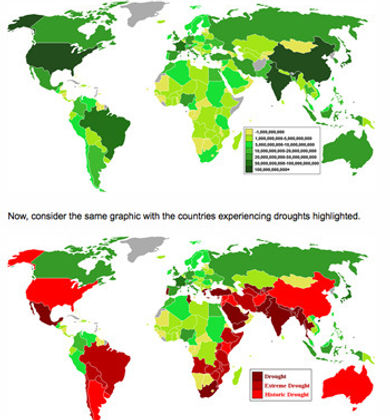
Over the years, the Yarra Valley is becoming more and more sustainable in its food production. Despite the fact that there are many regions and farms in the Yarra Valley, each site are individually incorporating many sustainable features that are suitable for the environment. Some regions are more sustainable than others; however each farm has something different to offer to provide beneficial maintenance for the environment and the community. Not only do they offer sustainability, but they also provide opportunities for us to explore and learn about new things. It is also important that most of these farms are improving their sites and attracting tourists to become better known for their sustainable solutions.
Majority of the farms have biological compost, organic fertilizers and a water management system which portrays how these farms are so sustainable. Most of these farms are similar however; each farm has a different sustainable method for different features they own. For example, the Rayner’s Stonefruits farm uses rocks in their path ways in order to prevent soil erosion which can affect their plants. The Big Bouquet uses an individual dripper and a weather station in order to control the temperature for their flower’s wellbeing. De Bortoli Wines uses biological compost as a substitute for fertilizers.
Sustainability means the ability to conserve an ecological balance by avoiding depletion of natural sources. The three farms that have been observed each share some factors of being sustainable. The De Bortoli Wines farm was the most sustainable in our opinion as not only does it look the most sustainable, it has the most and effective features to be counted as sustainable. The Big Bouquet shows some features of being sustainable however; we believe it is the least sustainable due to all the water being wasted and the use of chemicals to treat the plants. This is due to so many flowers needing to be watered, with the amounts of water being used, not much can be reused. These plants are also very vulnerable to becoming sick due to mites and chemicals.
Globally speaking, the demand for food is increasing by the minute. Population is increasing every second, land and water competition is also increasing, climate constantly changes and economic development leads to changes in the food production.
Source: http://www.marketoracle.co.uk/Article8768.html
It can be easily recognised that there are parts of the world who experience food insecurity meaning the unavailability of food required for the recommended dietary and nutritional necessity. In the second part of the image, the red represents the countries experiencing severe drought. The high amount of countries suffering from droughts can vastly effect how food production is grown.
Compared to the Yarra Valley, the world is much broad to show a singular comparison. Compared to first world countries, the Yarra Valley is only small for food production. However, in terms of sustainability, the Yarra Valley is considered to be very sustainable whereas other countries use many harsh chemicals or limited sources containing Carbon Dioxide and other harmful chemicals. Compared to the developing countries, they are limited with their food production, and the Yarra Valley is considered highly sustainable and well maintained. As well as that, the Yarra Valley is also a lot fresh, natural and clean and is grown in many sustainable ways..

Conclusion